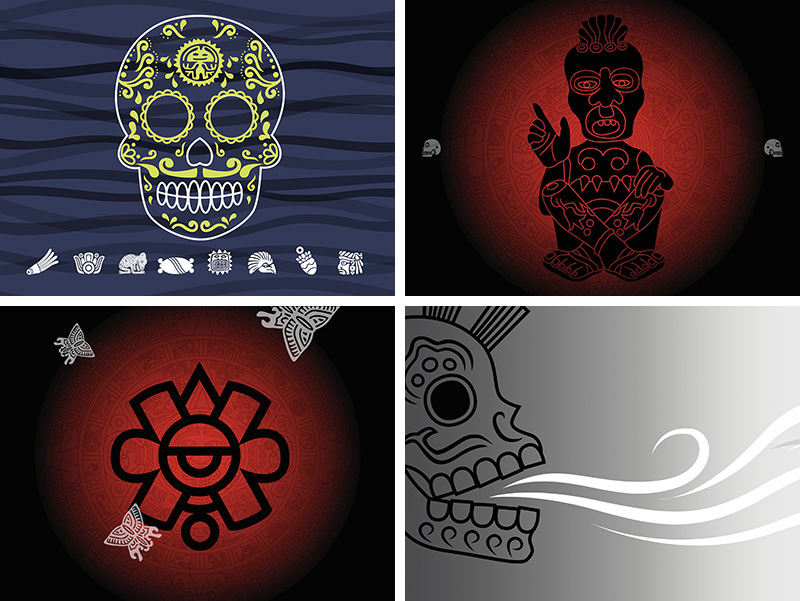Education • India • Technology

August 7, 2009
Question Box
Question Box in Pune, India. The current model has two buttons.
Daunting, but not impossible. Recently, Rose Shuman, a business and international development consultant, set out to design information pipelines for the world’s poor. In 2007, through her nonprofit Open Mind, Shuman installed the first Question Box in Noida, India, near New Delhi — a metal box sporting a button that connects the user to an operator who is fluent in the local language, and who has been trained to search the internet for the answer to any question villagers ask.
Since then, Shuman has expanded the service to two locations in India’s Pune district and to the Ugandan villages of Mbale and Bushenyi, tweaking her design strategy along the way as she learns more about local contexts. The Box now includes solar panels, which keep it running during India’s frequent power outages, and has gone from one button to three to two. “In the West we think one button’s so simple and elegant,” said Shuman. “But if you don’t handle technology much, you think in terms of ‘on’ and ‘off’ — and it’s confusing if there’s no ‘off.'” The original beige color of the box, which said “utilitarian” to western eyes, will become something “a little more jolly” to meet the Indian appetite for color, Shuman says, and the original black color of the button will be changed to avoid associations with the evil eye.
In Uganda, Shuman is experimenting with trading in the physical boxes for a hotline. Using a grant from the Gates Foundation, she partnered with Grameen Bank to employ 40 community members as “knowledge workers,” training them to solicit questions and relay operators’ answers back to villagers. Unlike in India, the main technological hurdle has turned out to be not power outages but a prohibitively slow telecom network: a typical Ugandan connection speed is only 192 kilobytes per second. “One thing we learned in India is that we really benefit from knowing the answers we gave to previous questions, because people often ask similar questions,” Shuman said. So Ugandan operators streamline their response process by searching a database of past queries before turning to the internet. The custom-designed search tool “learns” as successive queries are added to the database, becoming quicker and more accurate for future searches.
Grameen Foundation Community Knowledge Workers answering questions in Bushenyi, Uganda.
Photo courtesy Grameen Foundation
Agricultural questions have dominated the Ugandan service, from advice on which crops thrive during which seasons to how to help a cow conceive. “There were also a lot of farmers who discovered ways they didn’t know about to fight different pests,” said supervisor Nat Futterman. Not that all questions are purely practical — one Ugandan submitted a request wondering, “Did the pyramids move?”
But because many villagers have no conception of what the internet is (“They just assume the operator is some egghead,” said Sundaram), they’re limited in the scope of questions they think to ask. Shuman’s team is considering whether and how to convey the internet’s potential uses to villagers in future. Their other pressing concern is how the Question Box model scales up. Operators currently receive about 70 calls per week in India and 300 in Uganda, with limited resources preventing them from promoting the service more widely. Shuman plans to keep it free for users, but may solicit advertisements to play before a call or to display on the box itself.
Scaling up will also require decisions about the best form for the “information pipeline” to take. The box employed in India requires more infrastructure than a simple hotline. But its physical design entices curious passersby to try out the service and has helped make it a local anchor, with villagers now accustomed to saying, “Let’s meet in front of the Question Box.” It also creates a symbiotic relationship with the shops outside which it sits. The shopkeeper who maintains the Box in the Indian village has seen his business increase by more than 30 percent since it was installed, and he’s become one of its biggest promoters, urging shoppers: “If you have a question, just try the Box.”
Other media are on the table as well, including text messaging, which some users have requested. But in the process of expanding the service, Shuman and her team want to make sure not to design away its strengths. Employing intermediaries to solicit villagers’ questions may not be the most efficient model, for instance; but as Jonathan Gosier, Question Box’s chief technical officer in Uganda, notes, “What people using the service tell us they really enjoy — one of the main reasons they use the box — is the community interaction.”
Observed
View all
Observed
By Julia Galef

 Julia Galef is a New York–based writer covering urban design and development for publications such as
Julia Galef is a New York–based writer covering urban design and development for publications such as 
